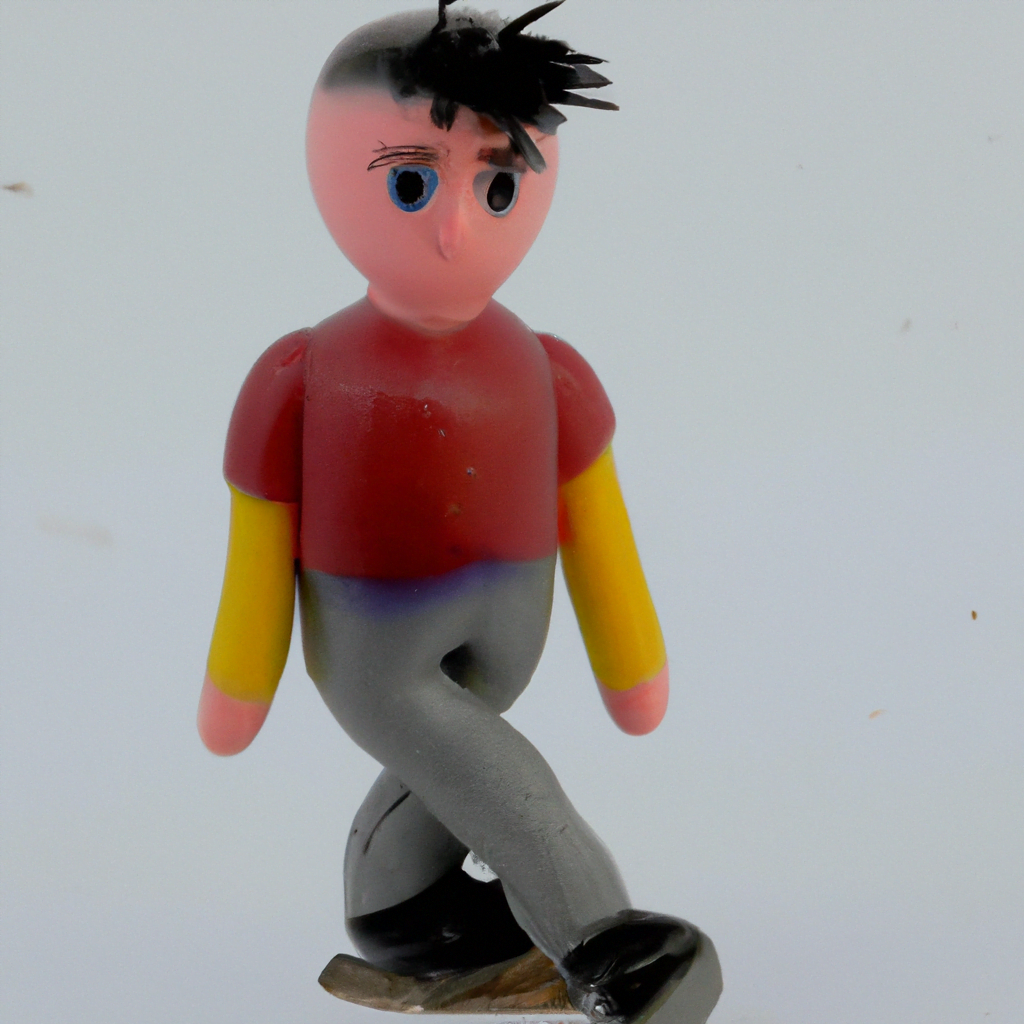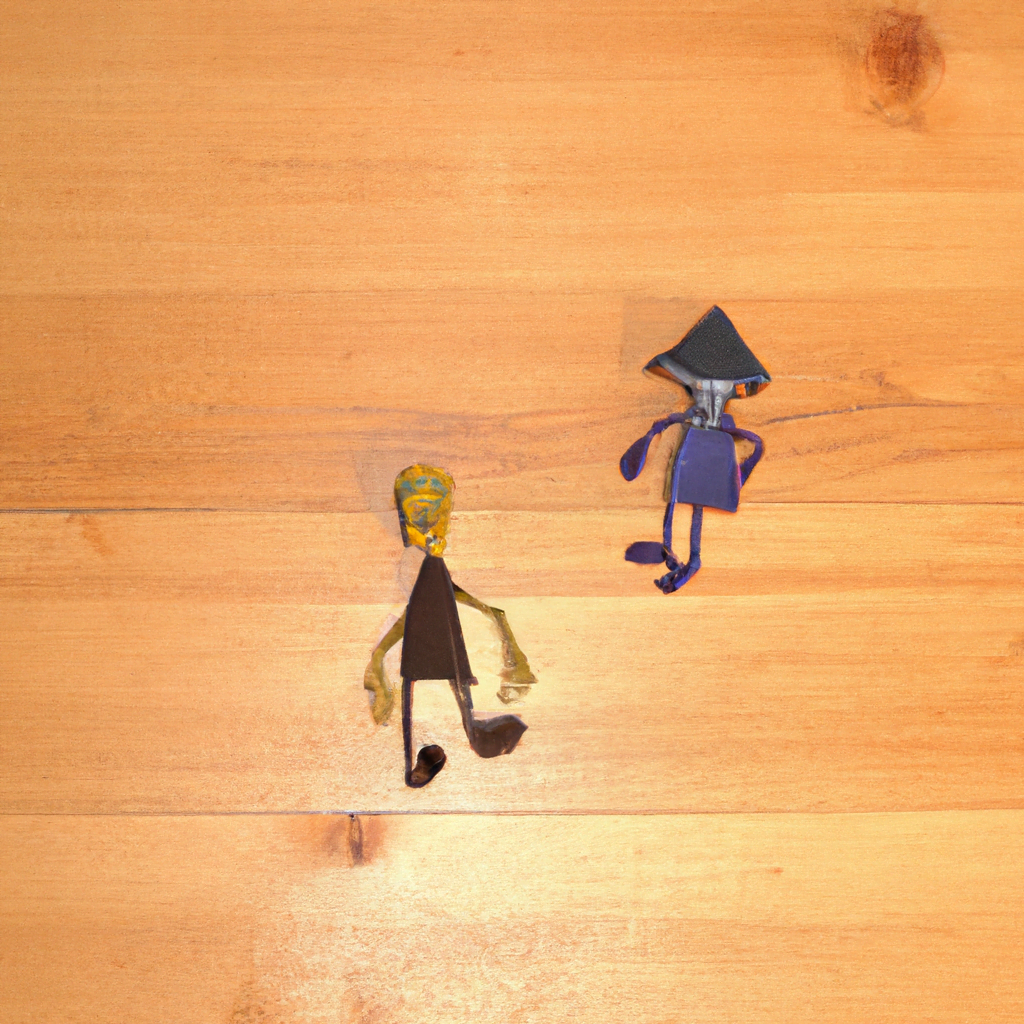
Illustrating for Game Design: Bringing Characters to Life

Game design is a multidisciplinary field that combines art, storytelling, and technology to create immersive and engaging experiences for players. One of the key elements in game design is character illustration, which plays a crucial role in bringing the game world to life. In this article, we will explore the importance of illustrating for game design and how it contributes to the overall player experience.
The Power of Visual Storytelling
Visual storytelling is a powerful tool in game design, as it allows players to connect with the game world and its characters on a deeper level. Characters are often the primary means through which players experience the game’s narrative, and their visual design can greatly influence the player’s emotional engagement.
Take, for example, the iconic character of Mario from the Super Mario series. Mario’s simple yet instantly recognizable design has become synonymous with the franchise and has played a significant role in its success. The bright colors, distinctive mustache, and iconic red cap all contribute to Mario’s visual appeal and make him instantly relatable to players of all ages.
Similarly, the character design in games like The Legend of Zelda: Breath of the Wild or Overwatch has captivated players worldwide. These games feature a diverse cast of characters with unique visual traits that not only make them visually appealing but also help to convey their personalities and roles within the game’s universe.
Creating Memorable Characters
When illustrating characters for game design, it is essential to create memorable and distinct designs that resonate with players. A well-designed character can become an iconic symbol of the game and leave a lasting impression on players long after they have finished playing.
One example of a memorable character design is Lara Croft from the Tomb Raider series. Lara’s design has evolved over the years, but her iconic look with the dual pistols, tank top, and shorts has become instantly recognizable. This design not only reflects Lara’s adventurous and fearless personality but also sets her apart from other video game protagonists.
Another example is the character of Kratos from the God of War series. Kratos’ design, with his pale skin, red tattoo, and menacing expression, perfectly captures his rage and brutality. This design has become synonymous with the character and has helped establish him as one of the most iconic video game protagonists of all time.
Designing for Player Identification
Player identification is an important aspect of game design, as it allows players to project themselves onto the game’s characters and immerse themselves in the game world. When illustrating characters, it is crucial to consider the target audience and create designs that players can identify with.
For example, in the massively popular game Fortnite, players can customize their characters with a wide range of outfits, accessories, and emotes. This level of customization allows players to create unique avatars that reflect their own personalities and preferences. By providing players with the ability to personalize their characters, Fortnite enhances player identification and creates a stronger connection between the player and the game world.
Similarly, in role-playing games like The Elder Scrolls V: Skyrim, players can create their own characters from scratch, choosing their race, appearance, and skills. This level of customization not only allows players to create characters that resemble themselves but also enables them to role-play and immerse themselves in the game’s fantasy world.
Case Study: Overwatch
Overwatch, developed by Blizzard Entertainment, is a prime example of how character illustration can contribute to the success of a game. The game features a diverse cast of characters, each with their own unique abilities, personalities, and visual designs.
One of the standout characters in Overwatch is Tracer, a time-manipulating adventurer. Tracer’s design is instantly recognizable, with her bright orange hair, goggles, and distinctive chronal accelerator on her chest. This design not only reflects Tracer’s energetic and playful personality but also makes her visually distinct from other characters in the game.
Another notable character in Overwatch is Reinhardt, a hulking German knight. Reinhardt’s design, with his massive suit of armor, hammer, and imposing stature, perfectly captures his role as a tank and protector. His design communicates strength and resilience, making him an instantly recognizable and beloved character among players.
The Role of Concept Art
Concept art plays a crucial role in the character illustration process for game design. It serves as a visual guide for the development team, helping them to understand the intended look and feel of the characters. Concept artists work closely with game designers and art directors to bring the characters from the initial concept to the final in-game models.
Concept art can take various forms, including sketches, digital paintings, and 3D models. It allows artists to explore different ideas and iterate on the character designs before committing to a final version. This iterative process ensures that the characters are visually appealing, functional within the game’s mechanics, and aligned with the overall artistic vision of the game.
The Future of Character Illustration
As technology continues to advance, character illustration in game design is also evolving. With the rise of virtual reality (VR) and augmented reality (AR), game designers have new opportunities to create even more immersive and lifelike characters.
VR allows players to step into the game world and interact with characters in a more intimate way. The ability to see characters up close and from different angles adds a new level of depth and realism to the character design process. Artists can focus on intricate details and subtle expressions that were previously limited by traditional gaming platforms.
AR, on the other hand, brings characters into the real world, overlaying them onto the player’s environment. This opens up new possibilities for character interaction and storytelling. Imagine playing a game where characters appear in your living room or interact with objects in your surroundings. AR has the potential to revolutionize character illustration and create truly immersive gaming experiences.
Conclusion
Illustrating for game design is a vital aspect of creating immersive and engaging experiences for players. Characters serve as the bridge between players and the game world, and their visual design plays a crucial role in capturing players’ attention and emotions.
By creating memorable characters, designing for player identification, and leveraging the power of visual storytelling, game designers can bring characters to life and create experiences that resonate with players long after they have finished playing.
As technology continues to advance, the future of character illustration in game design looks promising. VR and AR offer new opportunities for artists to push the boundaries of character design and create even more immersive and lifelike experiences.
Whether it’s the iconic design of Mario, the customizable avatars in Fortnite, or the diverse cast of characters in Overwatch, character illustration is an essential element in game design that continues to captivate players and shape the future of gaming.
